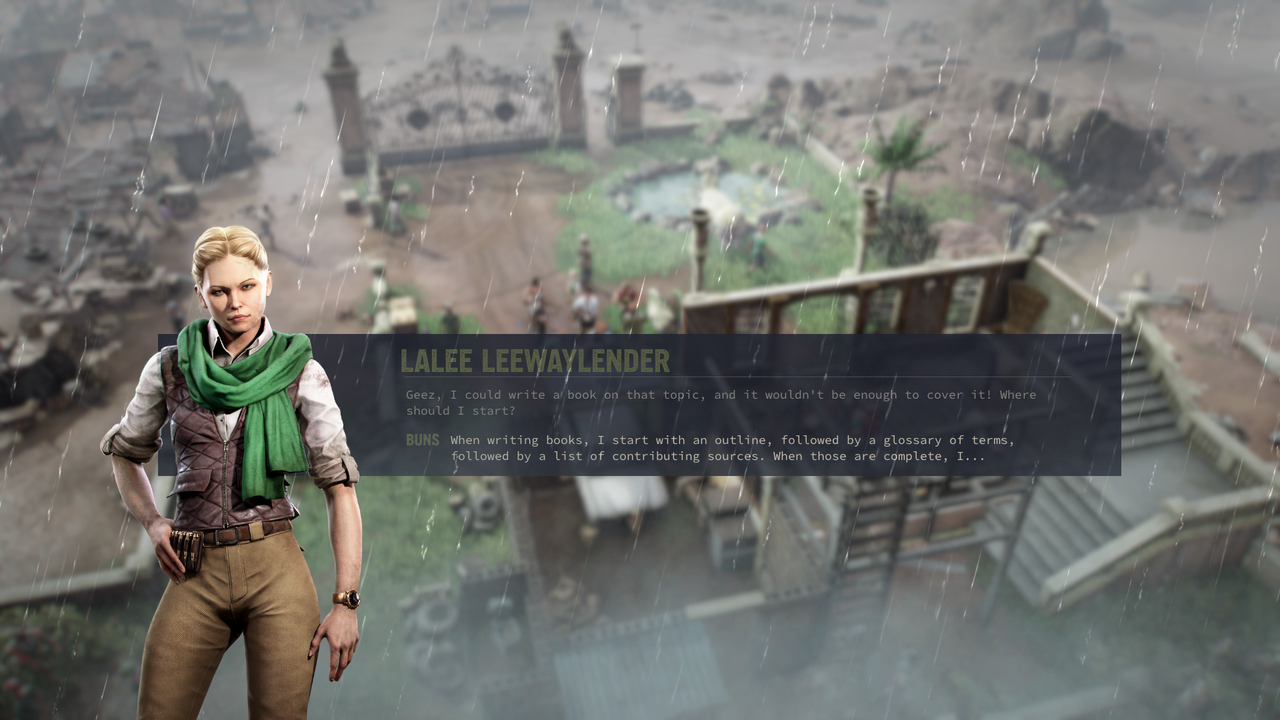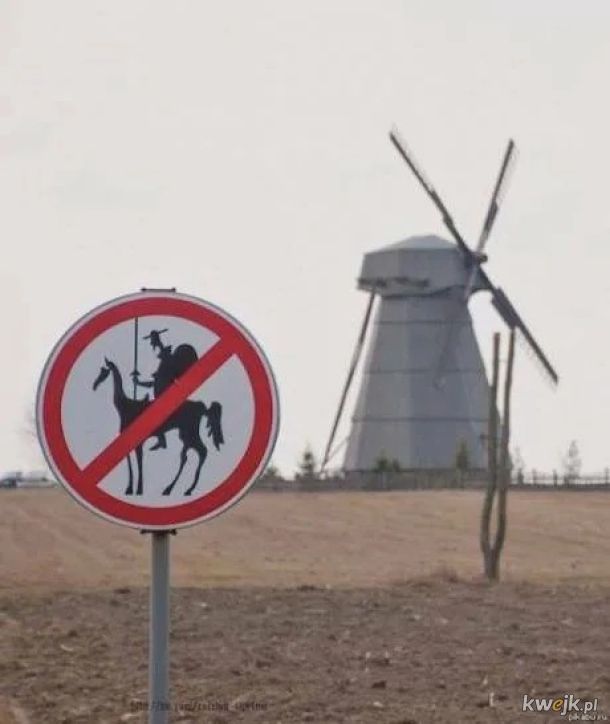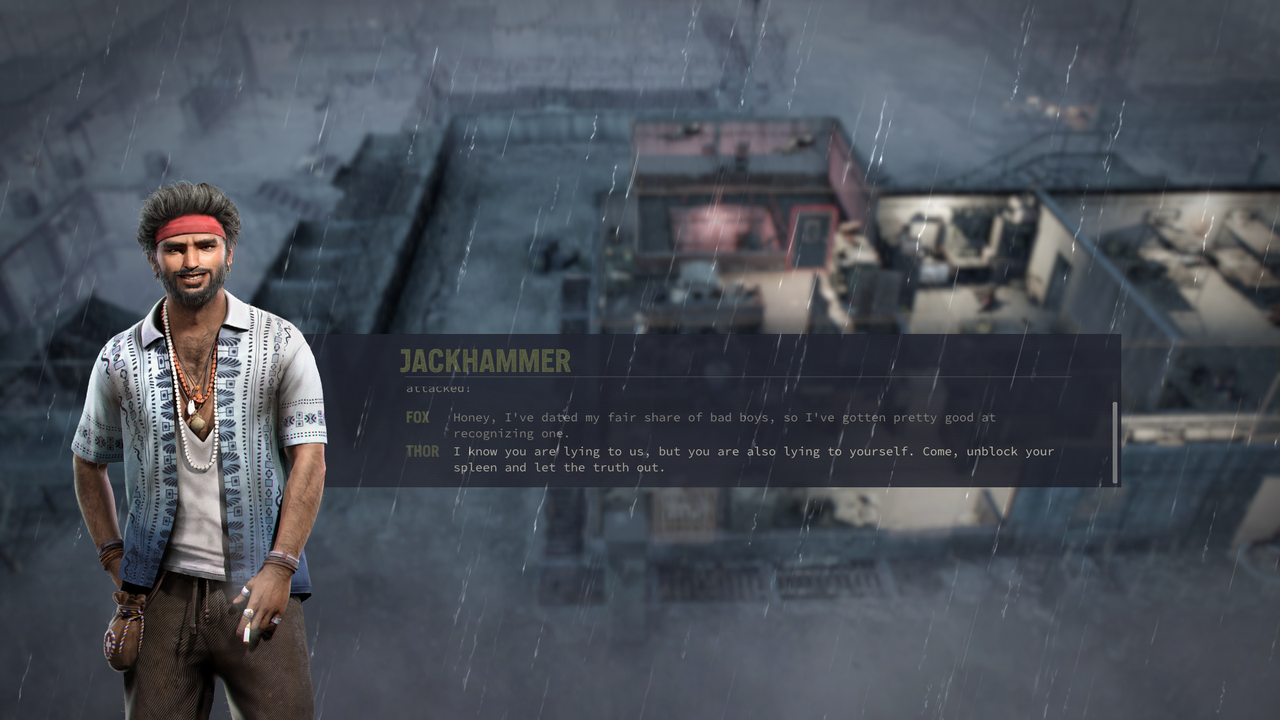- Joined
- Jan 28, 2011
- Messages
- 100,857















Tags: Haemimont Games; Jagged Alliance 3; THQ Nordic
In retrospect, it's pretty wild that the long-awaited third installments of two different beloved roleplaying series from the 1990s were released within the span of three weeks this year. Haemimont Games' Jagged Alliance 3 has now been completely overshadowed by that other game, but given the franchise's track record over the past two decades, their achievement is no less impressive. A Jagged Alliance sequel received with near-unanimous positivity on our forums (give or take an ArchAngel). Such a feat could not go unrecognized, and so we present our extensive review, written by talented community member Strange Fellow. He finds that despite certain questionable combat mechanics, occasionally overly campy writing, and an overabundance of loot containers, Haemimont's game is a Jagged Alliance title worthy of the name. Here's an excerpt:
Read the full article: RPG Codex Review: Jagged Alliance 3
In retrospect, it's pretty wild that the long-awaited third installments of two different beloved roleplaying series from the 1990s were released within the span of three weeks this year. Haemimont Games' Jagged Alliance 3 has now been completely overshadowed by that other game, but given the franchise's track record over the past two decades, their achievement is no less impressive. A Jagged Alliance sequel received with near-unanimous positivity on our forums (give or take an ArchAngel). Such a feat could not go unrecognized, and so we present our extensive review, written by talented community member Strange Fellow. He finds that despite certain questionable combat mechanics, occasionally overly campy writing, and an overabundance of loot containers, Haemimont's game is a Jagged Alliance title worthy of the name. Here's an excerpt:
You’ll spend a lot of time juggling operations in the strategic view, but the real meat of the game takes place in the tactical view, where you control each individual mercenary in turn-based combat. This is where Jagged Alliance made a name for itself, and where any sequel absolutely needs to deliver.
And what do you know – it does. The game once again copies a number of its systems from Jagged Alliance 2, and since that is probably the pinnacle of the genre, as you’d expect it all works very nicely. The control you have over your mercenaries is very granular, and you can specify everything from whether they should be running, crouching or lying down, to exactly how many action points they should spend zeroing in on an enemy, as well as what part of the body to aim for. Unconventionally (though not for the franchise), chance to hit is not displayed, and you will have to eyeball each shot, while mercs provide helpful comments whenever they think a shot is likely to succeed or fail. It’s a great system, which strikes a good balance between uncertainty and feedback, and it’s nice to see it make its return.
There are other such nuances to the combat as well, which are not new to the series but are rarely seen elsewhere, especially these days. With the option to target body parts comes location-specific damage; so a shot to the leg will decrease movement, a shot to the arms will decrease accuracy, and so on. Guns fire bullets with real trajectories and real penetration, which means that a missed shot might hit something else, or a shot with a high-penetration weapon might travel right through the target and hit something else behind him. Cover can be destroyed, visual contact can be broken with smoke, characters can be suppressed by gunfire and flashbangs, and combatants can get panicked and lose their turn entirely.
Energy and morale are also in, although the energy and morale metres of the previous game have been replaced by a ladder of cumulative status effects. If forced to operate for a long time without a break, mercs will gain the “Tired” status, reducing their maximum action points by 1. If forced to keep going, they will eventually become “Exhausted”, losing another action point. On top of that, exhausted characters are liable to fall unconscious if they’re hit with more energy-draining attacks. Likewise with morale: it can drop to low or very low, decreasing AP, if mercs take significant damage or if someone dies, and rise when mercs score good kills, complete quests or progress in the campaign. Overall, the effect works out to be about the same as in the previous game, if presented in a slightly more cumbersome way.
One aspect of combat that deserves particular praise is the level of environmental destruction the game supports. You can break a lot of scenery in Jagged Alliance 3. Certain things you will not be able to blow up, such as the skeletons of larger buildings as well as bridges and other things essential to the traversability of the map. Still, the level of damage that you can do to most structures is impressive and a delight to play with. Level the second floor of a building with a rocket launcher, and have enemies rain down from above into the waiting arms of your knife-wielding melee specialist on the first floor. Blow the roof off a building with a grenade, then chuck a second one through the hole into the cluster of enemies huddled inside. It is simply great fun, and makes explosives specialists very valuable additions to your team, quite apart from their direct damage potential. There are plenty of sector designs that provide good opportunities to make use of their potential, too. It doesn’t reach the level of mayhem that you can cause in X-COM: Apocalypse or Silent Storm – the kings of the genre if all you want to do is raze the entire map – but it’s miles above most of the competition.
[...] There are other issues as well, and the most serious ones all have to do with how combat is initiated. Firstly, there’s the matter of stealth mode, and more broadly, enemy awareness in general. Enemies in this game are deaf, dumb and blind to a ridiculous degree. The vision range of your own mercs is more than twice as long as that of the enemies, which ensures that you'll always spot them before they spot you. Even in broad daylight you can freely run around in the open without having to be particularly careful. Engage stealth mode as well, which at the cost of movement speed makes your mercs even harder to detect, and you can run rings around enemies without them noticing. Now add the detection system, where enemies have detection bars that need to fill up before they’re considered to have spotted you, and the result is that the only time you won’t get to initiate combat yourself is if a patrol happens to walk right into one of your mercs while you’re busy controlling someone else.
And that’s not all. Alongside the stealth system there is a stealth kill system. Essentially, there is a percentage chance of an attack made from stealth to result in an instant kill. There are mercs who via perks and high stats have a higher chance of achieving stealth kills, and with these you are all but guaranteed that the first attack you make results in a fatality. Did I mention that you can re-enter stealth in the middle of combat? And that silenced weapons are so easy to come by that you can have several after the very first tutorial sector? It is an absurd system, and fundamentally warps balance in favour of long-range weapons – sniper rifles, in other words. The tragedy is that the balance in the utility of different weapon types is quite good otherwise, and every weapon type has its niche. It is a shame that by far the best strategy in terms of preserving the safety of your mercs is to ignore them. Perhaps bring along a single machine gun when things get hairy, but otherwise stick to silenced rifles and pick enemies off from stealth. The game doesn’t have to be played this way, but any other approach is far, far more likely to land your mercs in trouble.
The developers obviously realised that setting up devastating stealth ambushes was inordinately powerful, so they came up with a solution. Unfortunately their solution is, once again, terrible. What they did was allow the enemies a small quasi-turn at the beginning of combat to reposition themselves. In other words, whenever you start combat by shooting a bad guy, all his friends are allowed a moment to scurry for cover without there being anything you can do about it. This destroys any potential of a well-executed ambush – or it would, if you could not set up overwatch over every enemy and watch them get shot as they do their little scramble. In any case, it takes away your control of the situation. It would seem to be a natural thing, in a game about tactical operations with a small squad of elite soldiers who are vastly outnumbered, to reward the player for setting up a good ambush. Clearly, though, in Jagged Alliance 3 this is so absurdly easy to do that the player can’t be allowed to do it, so control must be taken away from him in however arbitrary a fashion. This is a textbook example of how bad design begets bad design.
And what do you know – it does. The game once again copies a number of its systems from Jagged Alliance 2, and since that is probably the pinnacle of the genre, as you’d expect it all works very nicely. The control you have over your mercenaries is very granular, and you can specify everything from whether they should be running, crouching or lying down, to exactly how many action points they should spend zeroing in on an enemy, as well as what part of the body to aim for. Unconventionally (though not for the franchise), chance to hit is not displayed, and you will have to eyeball each shot, while mercs provide helpful comments whenever they think a shot is likely to succeed or fail. It’s a great system, which strikes a good balance between uncertainty and feedback, and it’s nice to see it make its return.
There are other such nuances to the combat as well, which are not new to the series but are rarely seen elsewhere, especially these days. With the option to target body parts comes location-specific damage; so a shot to the leg will decrease movement, a shot to the arms will decrease accuracy, and so on. Guns fire bullets with real trajectories and real penetration, which means that a missed shot might hit something else, or a shot with a high-penetration weapon might travel right through the target and hit something else behind him. Cover can be destroyed, visual contact can be broken with smoke, characters can be suppressed by gunfire and flashbangs, and combatants can get panicked and lose their turn entirely.
Energy and morale are also in, although the energy and morale metres of the previous game have been replaced by a ladder of cumulative status effects. If forced to operate for a long time without a break, mercs will gain the “Tired” status, reducing their maximum action points by 1. If forced to keep going, they will eventually become “Exhausted”, losing another action point. On top of that, exhausted characters are liable to fall unconscious if they’re hit with more energy-draining attacks. Likewise with morale: it can drop to low or very low, decreasing AP, if mercs take significant damage or if someone dies, and rise when mercs score good kills, complete quests or progress in the campaign. Overall, the effect works out to be about the same as in the previous game, if presented in a slightly more cumbersome way.
One aspect of combat that deserves particular praise is the level of environmental destruction the game supports. You can break a lot of scenery in Jagged Alliance 3. Certain things you will not be able to blow up, such as the skeletons of larger buildings as well as bridges and other things essential to the traversability of the map. Still, the level of damage that you can do to most structures is impressive and a delight to play with. Level the second floor of a building with a rocket launcher, and have enemies rain down from above into the waiting arms of your knife-wielding melee specialist on the first floor. Blow the roof off a building with a grenade, then chuck a second one through the hole into the cluster of enemies huddled inside. It is simply great fun, and makes explosives specialists very valuable additions to your team, quite apart from their direct damage potential. There are plenty of sector designs that provide good opportunities to make use of their potential, too. It doesn’t reach the level of mayhem that you can cause in X-COM: Apocalypse or Silent Storm – the kings of the genre if all you want to do is raze the entire map – but it’s miles above most of the competition.
[...] There are other issues as well, and the most serious ones all have to do with how combat is initiated. Firstly, there’s the matter of stealth mode, and more broadly, enemy awareness in general. Enemies in this game are deaf, dumb and blind to a ridiculous degree. The vision range of your own mercs is more than twice as long as that of the enemies, which ensures that you'll always spot them before they spot you. Even in broad daylight you can freely run around in the open without having to be particularly careful. Engage stealth mode as well, which at the cost of movement speed makes your mercs even harder to detect, and you can run rings around enemies without them noticing. Now add the detection system, where enemies have detection bars that need to fill up before they’re considered to have spotted you, and the result is that the only time you won’t get to initiate combat yourself is if a patrol happens to walk right into one of your mercs while you’re busy controlling someone else.
And that’s not all. Alongside the stealth system there is a stealth kill system. Essentially, there is a percentage chance of an attack made from stealth to result in an instant kill. There are mercs who via perks and high stats have a higher chance of achieving stealth kills, and with these you are all but guaranteed that the first attack you make results in a fatality. Did I mention that you can re-enter stealth in the middle of combat? And that silenced weapons are so easy to come by that you can have several after the very first tutorial sector? It is an absurd system, and fundamentally warps balance in favour of long-range weapons – sniper rifles, in other words. The tragedy is that the balance in the utility of different weapon types is quite good otherwise, and every weapon type has its niche. It is a shame that by far the best strategy in terms of preserving the safety of your mercs is to ignore them. Perhaps bring along a single machine gun when things get hairy, but otherwise stick to silenced rifles and pick enemies off from stealth. The game doesn’t have to be played this way, but any other approach is far, far more likely to land your mercs in trouble.
The developers obviously realised that setting up devastating stealth ambushes was inordinately powerful, so they came up with a solution. Unfortunately their solution is, once again, terrible. What they did was allow the enemies a small quasi-turn at the beginning of combat to reposition themselves. In other words, whenever you start combat by shooting a bad guy, all his friends are allowed a moment to scurry for cover without there being anything you can do about it. This destroys any potential of a well-executed ambush – or it would, if you could not set up overwatch over every enemy and watch them get shot as they do their little scramble. In any case, it takes away your control of the situation. It would seem to be a natural thing, in a game about tactical operations with a small squad of elite soldiers who are vastly outnumbered, to reward the player for setting up a good ambush. Clearly, though, in Jagged Alliance 3 this is so absurdly easy to do that the player can’t be allowed to do it, so control must be taken away from him in however arbitrary a fashion. This is a textbook example of how bad design begets bad design.
Read the full article: RPG Codex Review: Jagged Alliance 3





















